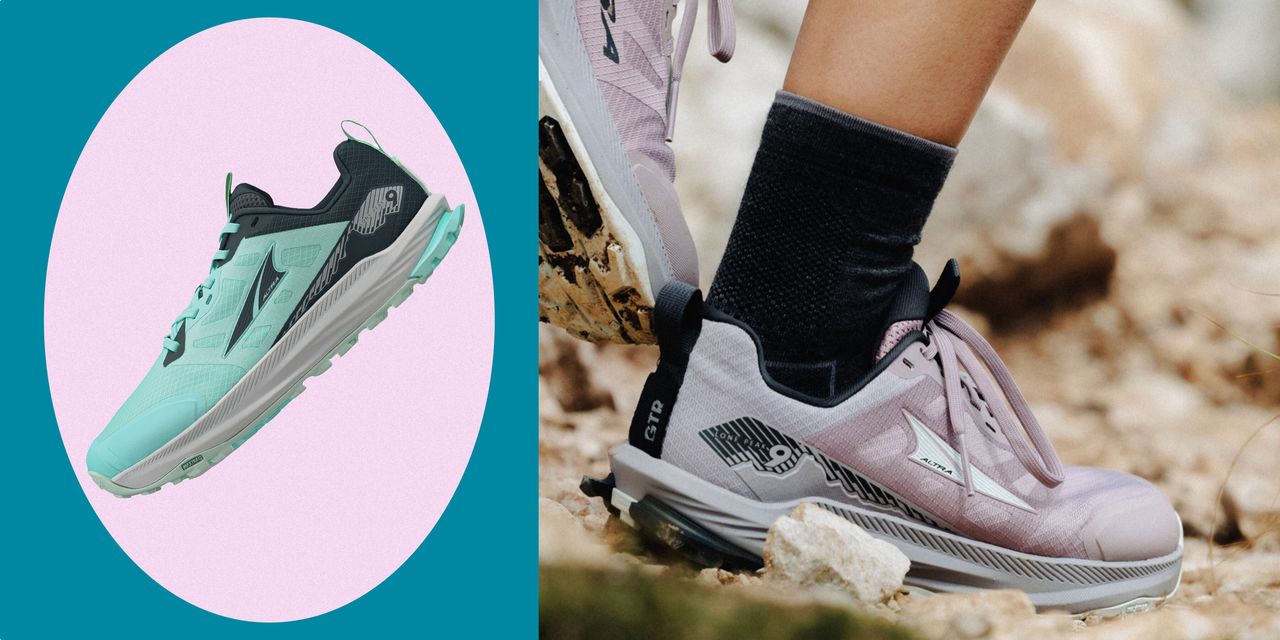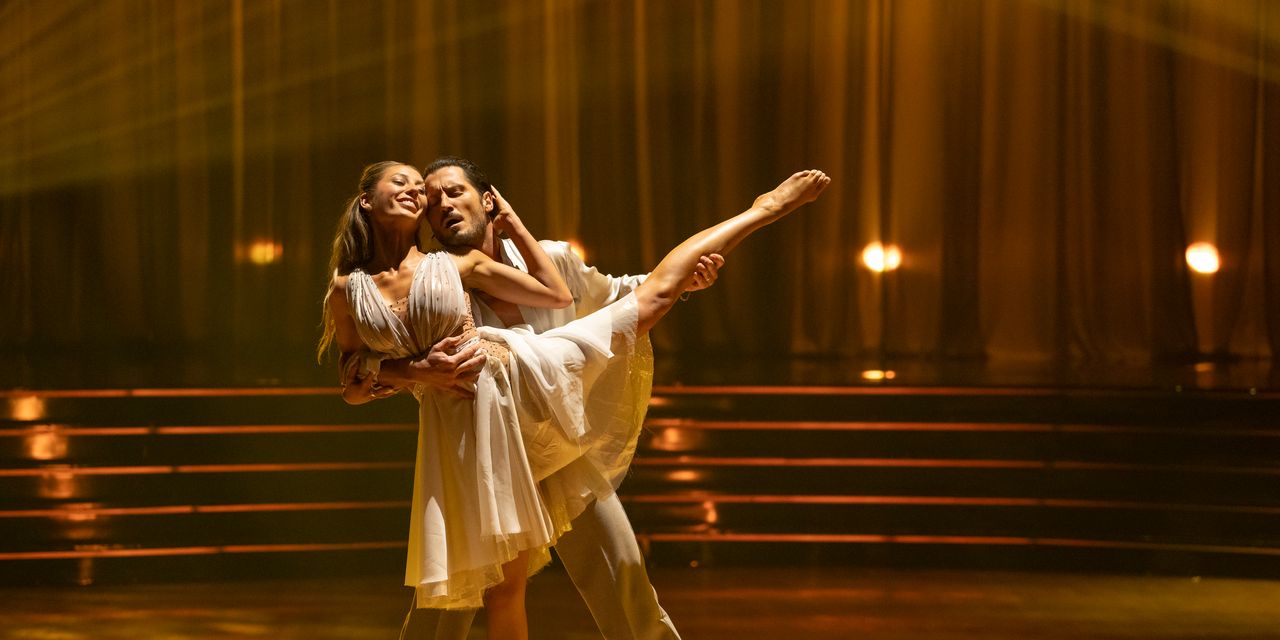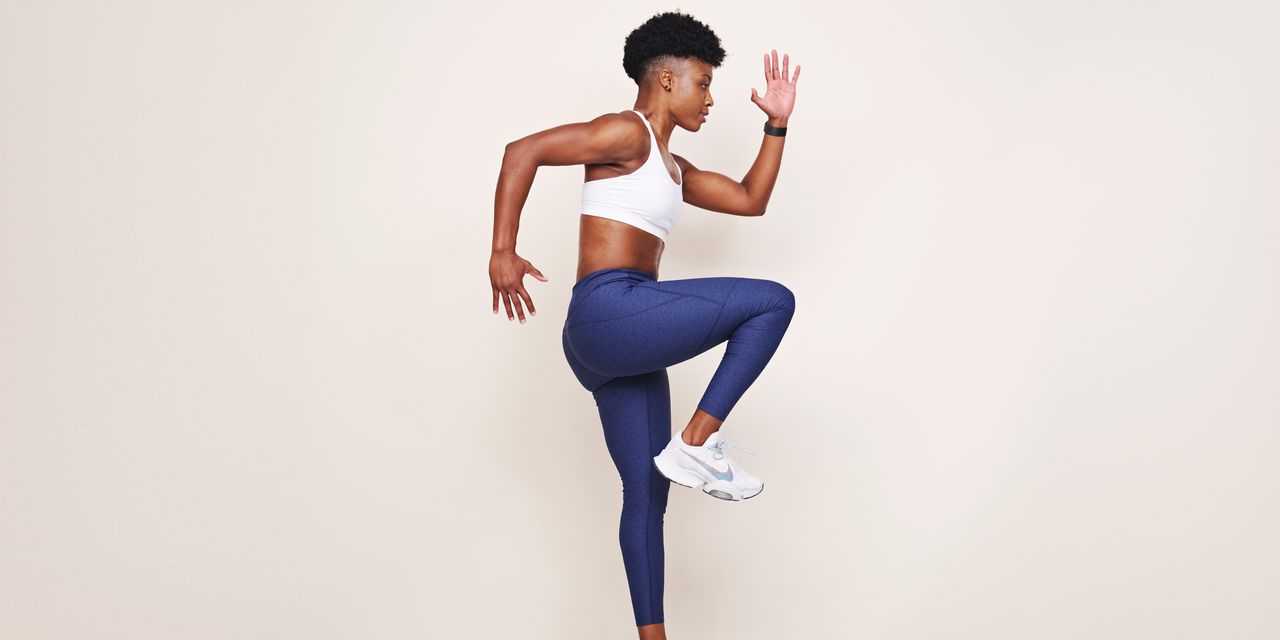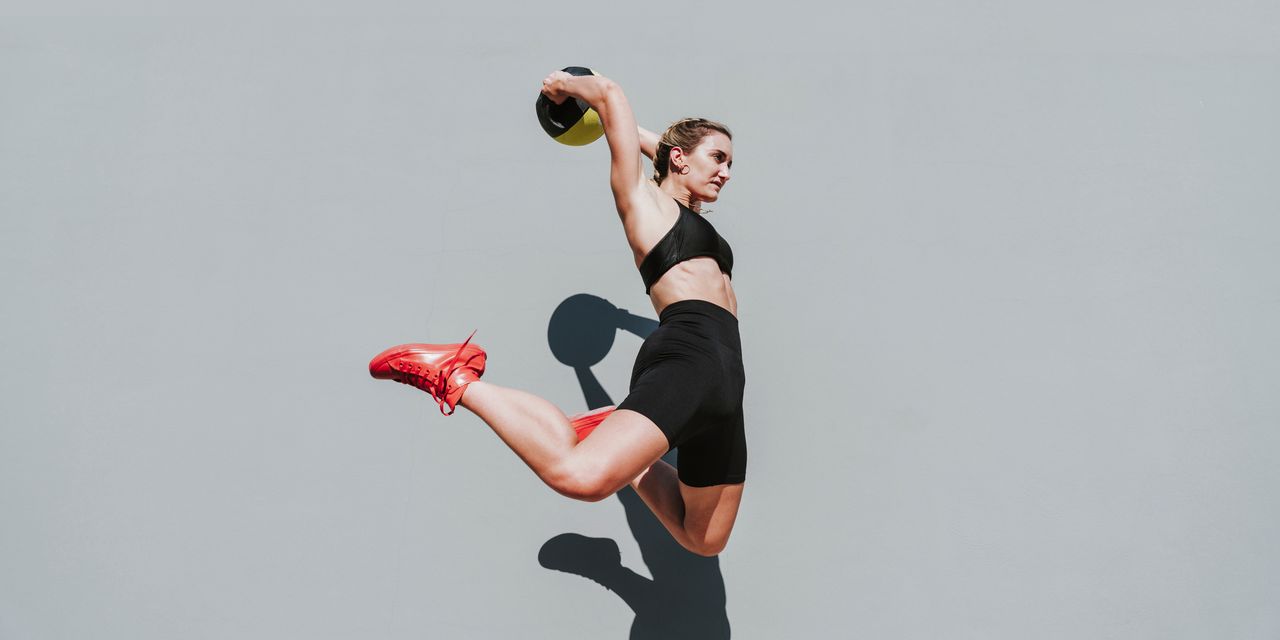Curious About Zero-Drop Shoes? Try These Pairs First

All products featured on Self are independently selected by our editors. However, we may receive compensation from retailers and/or from purchases of products through these links.
There’s a lot of technical running shoe jargon out there, but one that’s worth remembering is your sneakers’ heel-to-toe drop. Specifically, wearing the best zero-drop running shoes (meaning ones with no height difference between their heel and forefoot) can make a huge difference in how you feel after logging your miles, especially if you deal with knee pain. (As SELF has previously reported, wearing low- or zero-drop shoes can help alleviate discomfort in your hips and knees.)
But you don’t have to have aches and pains to enjoy this style of sneaker. Zero-drop shoes are also popular among those who want their feet to splay and move naturally while they run. Due to their flat soles, zero-drop shoes more closely match the position and shape of your feet. If that sounds like you (or you just want to add some variety to your sneaker rotation), keep reading—we found the best pairs of zero-drop running shoes you can try, whether you’re a seasoned user or a total newbie. We also spoke to experts about who should (and shouldn’t) wear them regularly.
Our top picks
- Best Overall: Altra Torin 8, $150
- Runner-Up: Inov8 Roadfly Zero, $140
- Best for Trails: Altra Lone Peak 9, $140
- Best Lightweight Option: Topo Athletic Magnifly 5, $135
- Best Barefoot Pick: Xero Shoes HFS II Lightweight Road Runner Shoes, $120
- Best for Zero-Drop Newbies: Altra FWD Experience, $140
Get the low-down on these sneaks.
Best Overall: Altra Torin 8
Altra appears multiple times on our list, for a good reason—it’s one of the biggest names in zero-drop shoes. Many of its pairs (including the Torin 8) have a seal of acceptance from the American Podiatric Medical Association (APMA), meaning their designs are expert-approved for healthy feet.
In the Torin’s case, its design is wide foot-friendly and allows your toes to move and spread naturally. “It contours to the shape of the foot, so your forefoot is going to have more freedom of movement,” Mark Mendeszoon, DPM, a podiatrist at Precision Orthopaedic Specialties in Ohio, previously told SELF. “If you have a wider foot, your toes won’t be pinched.
Plus, its high stack of foam (which can be hard to find in zero-drop shoes) makes it a solid option if you’re still getting used to the feel of this style of sneaker. Certified running coach Amanda Brooks previously told SELF that “it’s a nice, middle-of-the-road, comfortable shoe that appeals to a lot of people.”
Sizes: US 5.5 to 12 | Widths: Medium and wide | Weight: 8.40 ounces
Runner-Up Inov8 Roadfly Zero
Here’s another road shoe that follows the shape of your foot, with a locked-in heel, a secure midfoot, and a forefoot that allows your toes to splay. It’s lower on the cushioning than the Torin, which is a bonus if you like to have a better sense of the ground beneath you. The Roadfly Zero won’t leave your feet dragging, though. Its midsole is made with responsive foam, and its insole (Inov8’s Boomerang Footbed) flexes with you while returning some energy to your stride.
Sizes: US 5.5 to 11 | Widths: Medium and wide | Weight: 10.50 ounces
Best for Trails: Altra Lone Peak 9
The Lone Peak, Altra’s bestselling trail running shoe, is a longtime favorite among editors and SELF sneaker testers (we first fell for it way back in 2021). Julie Tower-Pierce, a trail runner, long-distance hiker, and founder of Wanderschool, previously told SELF it’s her “gold standard” for trail shoes. Her rave review is mostly due to its roomy toe box and excellent traction (the current iteration of the Lone Peak features an improved rubber outsole for even more grip).
The Lone Peak’s built-in rock plate adds a layer of protection on technical trails while keeping the shoe flexible. And its ripstop upper holds up against abrasions and everyday wear and tear.
Sizes: US 5.5 to 12 | Widths: Medium and wide | Weight: 9.30 ounces
Best Lightweight Option: Topo Athletic Magnifly 5
Need a little pep in your step? Topo Athletic’s lightweight Magnifly can help with that. Its midsole consists of an ultra-springy, proprietary foam that the brand made to last longer than traditional padding. Its upper is also designed to keep you light on your feet and free of distractions: It’s made of light mesh, and lace stays prevent the shoe’s tongue from sliding around while you’re on the move.
While it only comes in one width option, its shape is on the wider side. That’s a big plus if you like lots of wiggle room, but it’s something to keep in mind if you have narrower feet.
Sizes: US 6 to 12 | Widths: Medium | Weight: 7.20 ounces
Best Barefoot Pick: Xero Shoes HFS II Lightweight Road Runner Shoes
Xero Shoes
HFS II Lightweight Road Runner Shoes
They’re an acquired taste, but there’s a lot to like about barefoot-style running shoes: They’re thin and flexible, minimally cushioned, lightweight, and always zero-drop. Research even suggests they may help strengthen the muscles in your feet. If you’re new to the style, Xero Shoes has been in the game for a long time, making some exemplary options—like these road running shoes. They bend with the natural movements of your foot, steadily grip the pavement, and wick away moisture (so long, sweaty feet).
One thing to note: If you’re new to barefoot shoes, it’s important to ease your way into wearing them. As SELF has previously reported, running in them can increase your risk of stress fractures, especially if you start wearing them all the time without an adjustment period.
Sizes: US 5 to 12 | Widths: Medium | Weight: 5.90 ounces
Best for Zero-Drop Newbies: Altra FWD Experience
Altra
Altra FWD Experience
Technically, Altra’s FWD Experience is the brand’s first low-drop shoe, with an offset of four millimeters between its forefoot and heel. But this height difference is minimal and might not even be noticeable to some, William Probasco, MD, an orthopedic surgeon and specialist in foot and ankle conditions with Orthopaedic Specialty Group, PC, in Fairfield, Connecticut, tells SELF. However, if you want to ease your way into zero-drop shoes, this is a great place to start.
SELF’s director of fitness and food, Christa Sgobba, tested the FWD Experience when it first came out and loved how it fit—true to size, with zero pinching in the toes. She also noted its “comfy, not-too-soft” cushioning, which helped her stay light on her feet, even when her legs felt tired.
Sizes: US 5.5 to 12 | Widths: Medium | Weight: 7.10 ounces
Frequently asked questions about zero-drop running shoes
What are the benefits of wearing zero-drop running shoes?
As we mentioned earlier, zero-drop shoes may help reduce pain in your knees and hips. They may also help with back pain (especially if they’re well-cushioned).
Zero-drop sneakers can also feel more comfortable if you tend to land on your midfoot or forefoot when you run (as opposed to striking the ground with your heel first), Dr. Probasco says. He adds that zero-drop shoes make it easier to land on these areas without over-flexing your ankle.
Are zero-drop running shoes suitable for everyone?
Zero-drop shoes are generally considered safe for most people to try. But, if you have issues with your calves or Achilles tendons, you may want to avoid wearing them, Dr. Probasco says. (Experts tend to agree that higher-drop shoes are better suited for people who deal with pain in these areas.)
And, while some people with back pain may get relief from wearing low- and zero-drop footwear, others may find that their pain gets worse in these shoes. Here’s a general rule that Jacob Smith PT, DPT, COMT, a board-certified clinical specialist in orthopedic physical therapy with the Hartford HealthCare Rehabilitation Network in West Hartford, Connecticut, previously shared with SELF: If your back pain feels better when you bend backward, consider wearing higher-drop shoes. But, if bending backward hurts, zero-drop shoes may be the better choice.
As is the case with any new type of running shoe, take things slow with zero-drop shoes. They activate different muscles in your feet than you may be used to, and doing too much too soon in them can cause injuries, SELF previously reported. Plus, easing into them will help you get a better idea of how much you like them, and when they feel best for you.
Related:
- The Best Asics Running Shoes That Experts and Editors Swear By
- 11 Best Hoka Shoes in 2024, According to Podiatrists
- The Best New Balance Shoes That Runners and Podiatrists Keep Recommending
Get more of SELF’s great product recommendations delivered right to your inbox (for free!).




